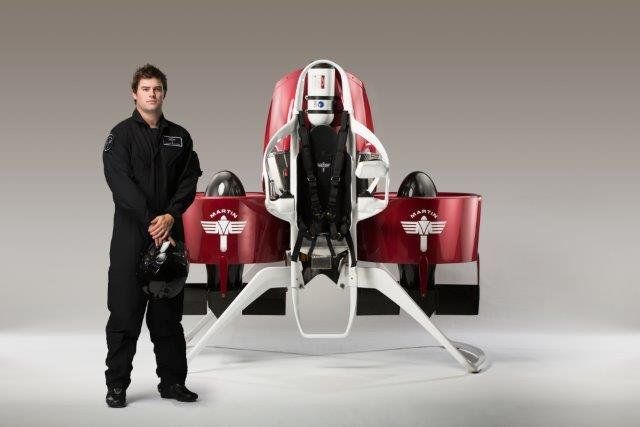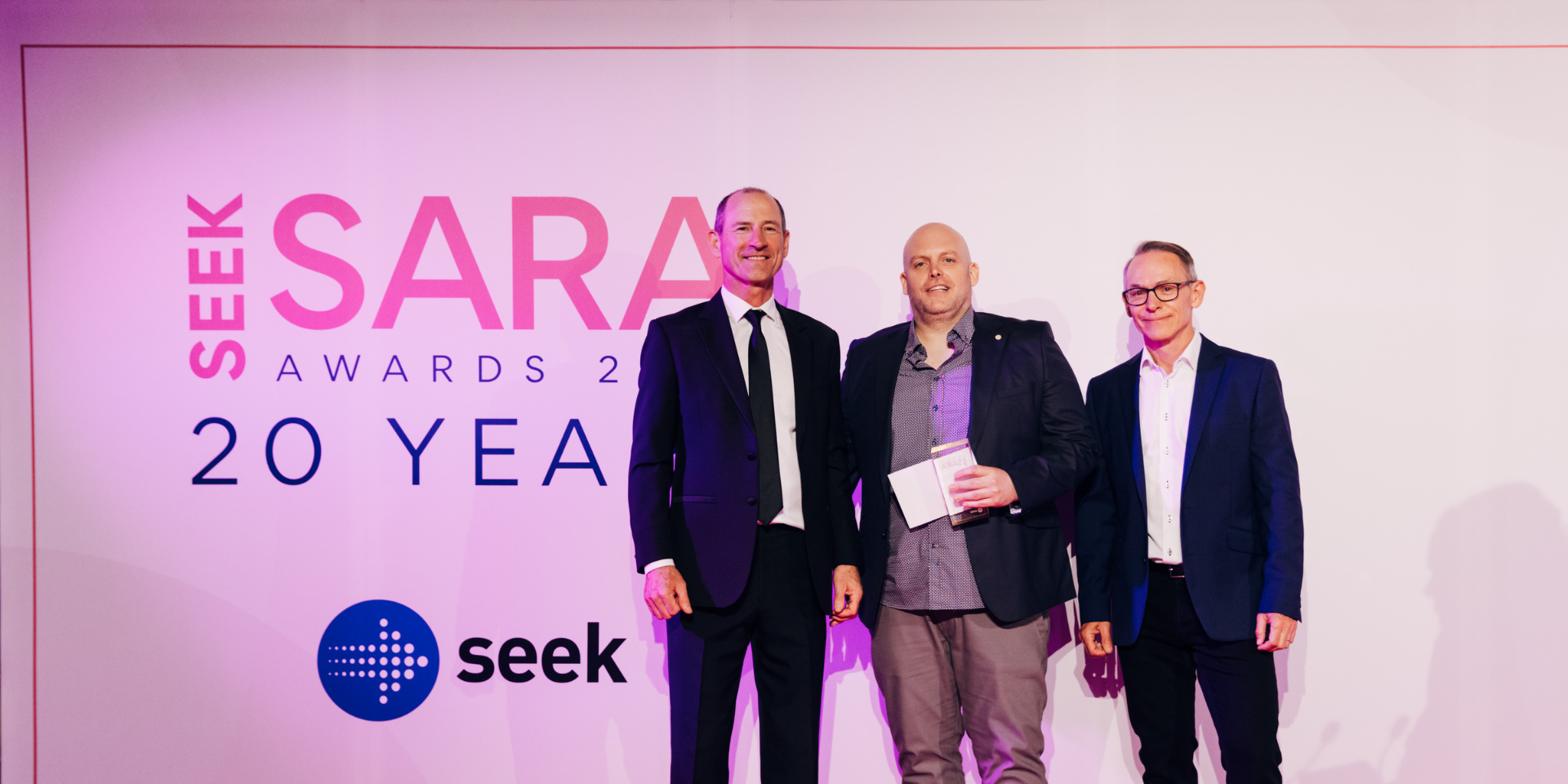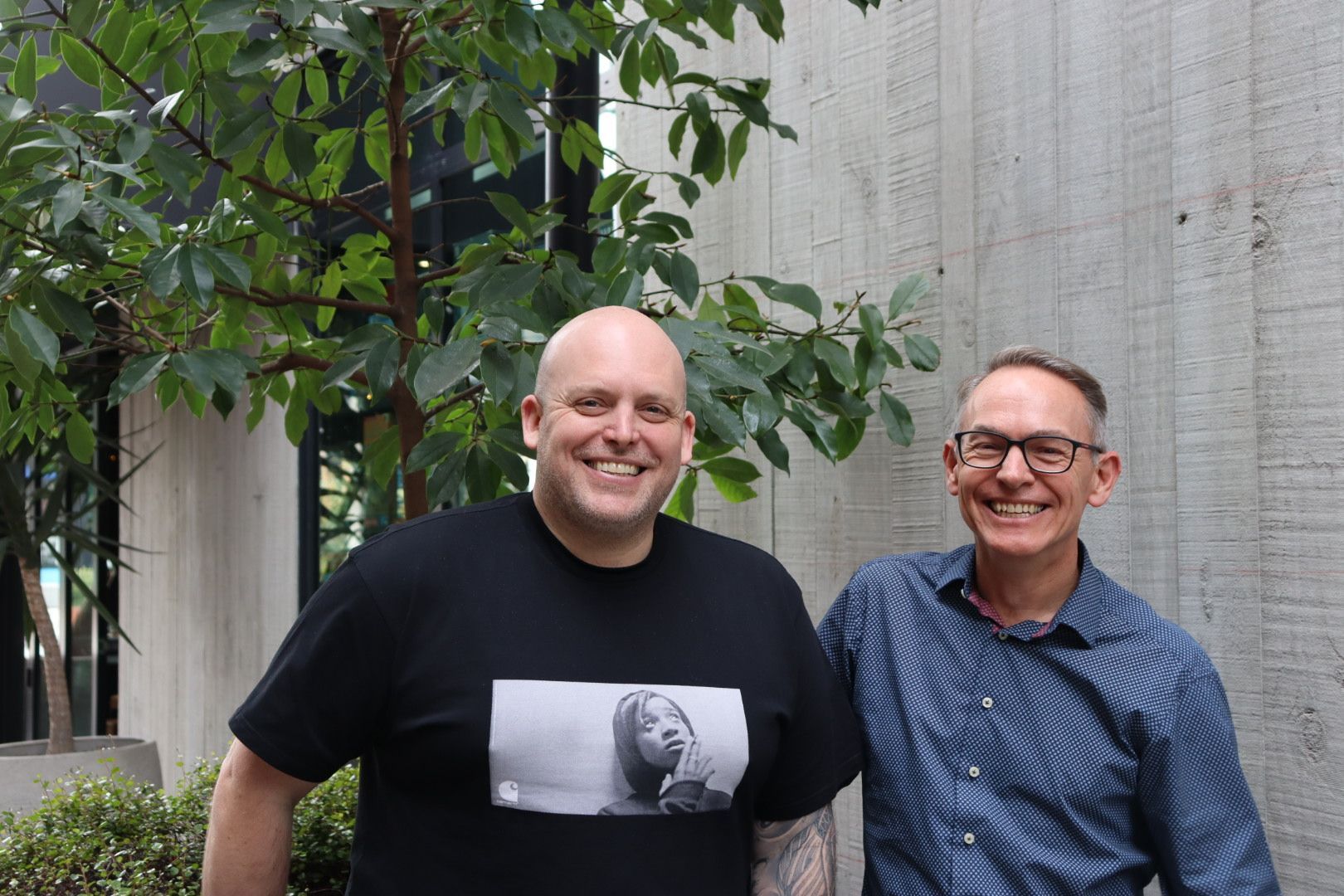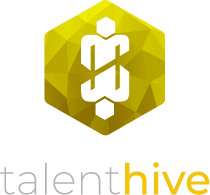The Future for the Jetpack
Marc Denham • Jul 17, 2015
Martin Aircraft is currently looking for new engineers to help work on the highly anticipated Martin Jetpack. We spent some time talking to Director of Engineering Ulrich Bergler to find out who their ideal candidate is. In Part 1 of the blog, which you can find here, Ulrich spoke about the culture at Martin Aircraft, and what it’s like to work at the company. In Part 2, Ulrich tells us a bit about his background, how he became part of the Jetpack dream, and what the future holds for the company.
Ulrich Berlger is Engineering Director at Martin Aircraft, makers of the Martin Jetpack. Named as one of Time magazine’s Top 50 inventions for 2010, the Martin Jetpack is set to be the world’s first commercial Jetpack.
If managing the development of such pioneering technology was not enough to fill his days, Ulrich has also been busy assembling a world class team of Engineers. In partnership with The Talent Hive we have been sourcing and hiring engineering expertise from the four corners of the globe. But The Team at The Talent Hive recently sat down with Ulrich to discuss his career background, the development of the jetpack and some of the engineering challenges the team have faced and what the future looks like for the company. Discover what we found out in part two of our interview……
How did you get into aviation?
I may not be a ‘typical engineer’ in the aerospace industry. Besides taking many international business trips, I’ve had very little to do with aircraft. Yet there is much in my background that I bring to Martin Aircraft. After graduating with a degree in Precision Engineering, I worked for 3 years in a research facility for leading edge electric drive systems. I wanted to see the results of my work in the hands of customers and joined a large corporate developing power tools for the very demanding construction industry. During that time in a new product development environment, I learned what it takes to create reliable high performance products. This role also got me directly exposed to global 3rd party development and manufacture, and ultimately management of such global development efforts. After migrating to New Zealand, a US medical devices corporate offered me a role in their Christchurch electronics division. I experienced the innovation of Kiwis, and the need to follow strict design controls in the highly regulated medical devices market. Throughout my career I’ve enjoyed helping people and teams to grow, as well as the challenges and buzz of organisational development and change. This led me to going back to university and completing an MSc in Applied Psychology. It is this combination of skills and experience that attracted the Martin Aircraft team to me as a candidate for the role of Director of Engineering.
How long have you been with Martin Aircraft?
I joined Martin Aircraft Company in November 2013, and so far no two days have been the same.
What are the biggest changes to the current design compared against the original concept?
The journey towards the Jetpack is marked by many incremental changes, rather than a few big steps. Most important are the development of a fly by wire system with electronic stability control. It freed the pilot from controlling the aircraft to attend to the mission tasks. This system also enabled an entire range of safety features to be implemented. The other noticeable step is in the configuration changes one can see when comparing our prototype P12 to its predecessor P11. The aircraft is more powerful, more lift capacity and is more agile in its handling.
At high altitudes does a gust of wind affect it? How do you stabilize?
Our stability control system is sensing orientation and motion in the air. It will, independent from the pilot, take action and correct thrust and attitude to counteract the effects of wind gusts.
What engineering challenges remain?
First let me say that there are no insurmountable challenges left, the aspects requiring engineering attention are primarily to refine the design for improved reliability, safety and make it ready for production. The aspect most in focus is a continued drive to create a jetpack that is as safe as it can be given its concept.
What are the different design needs for a first responder application compared to recreational?
There is quite some interest from first responder and emergency response clients. Each one of them has some specific requirements, but primarily the recreational aircraft needs to satisfy the requirements of FAR part 103, be easy to maintain without involvement of specialist aircraft maintenance and above all be safe. The first responder or emergency response client needs mission objectives to be supported, thus requirements on performance and specific equipment on the aircraft are more in the forefront. The more extensive training programmes available to those customers will mitigate the more extreme operating modes of the aircraft in such environments. Also service and maintenance is supported by dedicated facilities with skilled aircraft maintenance technicians.
When do you think a private citizen will be able to take home their own personal jetpack?
Our focus is on the first responder jetpack and heavy lift UAV application of the aircraft. Much of these development activities will benefit a personal jetpack. Hobby pilots will have to wait until after these developments to get closer to taking one of our machines home.
At The Talent Hive we specialise in connecting IT & Engineering professionals with the right career opportunities. We encourage collaboration, socialising your success and sharing industry insight and expertise.
Follow The Talent Hive to continue receiving industry insights, opinions and stories from experts in the world of IT & Engineering careers.
Christchurch:
2/38 Southwark Street
Christchurch
PO Box 162
8140
Powered with 💛 by Shazamme






